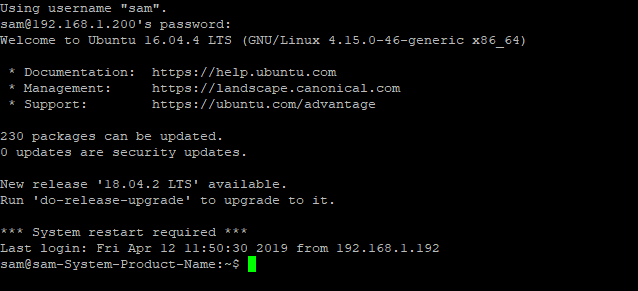

What your SSH client sends between your computer and the remote server is always encrypted. What you send between the browser and the local SOCKS proxy is encrypted if you visit an HTTPs site, it’s plain text if you visit an HTTP site. For instance, most of your traffic is now encrypted. This has some advantages and some caveats. Change them as such:įrom now on, your browser will connect to localhost:1337, which is picked up by the SSH tunnel to the remote server, which then connects to your HTTP or HTTPs sites. In Firefox, go to Preferences > Advanced > Network and find the Connection settings. In Chrome, go to the chrome://settings/ screen and click through to Advanced Settings. This is something that should be done per application as it isn’t a system-wide proxy. Next up: tell your browser to use that proxy. If you prefer to keep it running in the background, add -f to fork it to a background command: $ ssh -D 1337 -q -C -N -f you have an SSH tunnel between your computer and the remote host, in this example ma.ttias.be. Once you run that, ssh will stay in the foreground until you CTRL+C it to cancel it. the remote SSH server you have access to.-N: do not execute remote commands, useful for just forwarding ports.-q: quiet mode, don’t output anything locally.-C: compress data in the tunnel, save bandwidth.If you want to open multiple SOCKS proxies to multiple endpoints, choose a different port for each one. If that port is taken, try a different port number. -D 1337: open a SOCKS proxy on local port :1337.$ ssh -D 1337 -q -C -N that command does is To start such a connection, run the following command in your terminal.


You set up a SOCKS 5 tunnel in 2 essential steps.
#How to use ssh on mac to connect to centos windows
This guide is for Linux/Mac OSX users that have direct access to a terminal, but the same logic applies to PuTTy on Windows too. It’s an SSH tunnel on steroids through which you can easily pass HTTP and HTTPs traffic.Īnd it isn’t even that hard.

Are you on a network with limited access? Is someone filtering your internet traffic, limiting your abilities? Well, if you have SSH access to _any _server, you can probably set up your own SOCKS5 proxy and tunnel all your traffic over SSH.įrom that point on, what you do on your laptop/computer is sent encrypted to the SOCKS5 proxy (your SSH server) and that server sends the traffic to the outside.


 0 kommentar(er)
0 kommentar(er)
